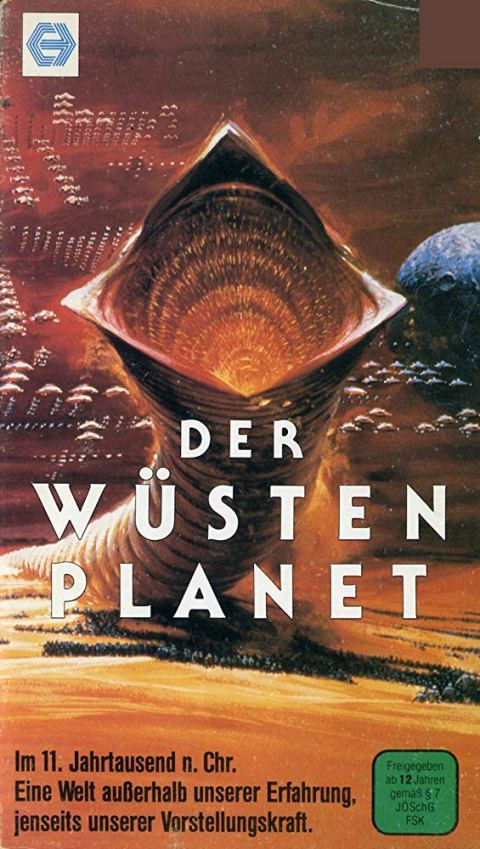
The biggest knock against Dune, perennial punching bag that it is, has always been that it doesn’t make any goddamn sense. And it’s not true. In fact, one of Dune’s biggest weaknesses is that it tries to wrangle the unwieldy narrative of the complicated Frank Herbert novel into place by employing clunky exposition, gratuitous voiceover narration, and sudden time jumps. It is actually one of David Lynch’s more coherent works. For better or worse.
Beyond permanent status as an unmistakably fascinating curiosity, Dune has its merits. The picture’s strengths include its impressive technical skill and weird Lynchian textures. The production design, an authentically alien sort of steampunk, is truly striking. Despite the aforementioned narrative missteps, which reek of studio interference, Dune has a very unusual tone. With its whispered voiceovers and cavernous sets, there is something unmistakably odd and enigmatic about the project. Lynch filters this sci-fi opus through a melancholy, ethereal lens.
Not that everything works. Large battle scenes certainly aren’t Lynch’s specialty. And, for all of its grandeur, Dune lacks narrative scope. We don’t have a sense of the impact of this intergalactic war beyond those immediately involved, never get a glimpse of regular citizens or bustling cities. The characters we do meet, mostly government officials and military leaders, are largely uninteresting.
Dune saves its worst for an inconsistent, mystical third act, though audiences are rewarded with an unexpectedly gnarly knife-fight between Kyle MacLachlan and the musician Sting. Lynch has made far better movies than Dune, but he’s also made far worse.
